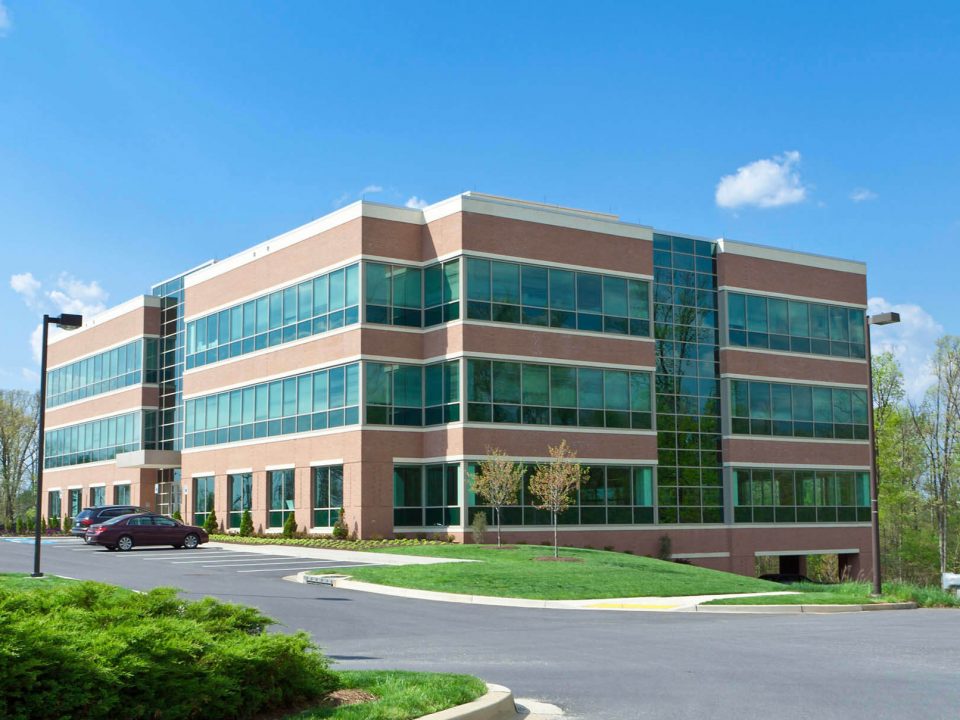Solar Energy

Tear it Down
April 6, 2020
NAHB Green Verification
April 6, 2020Pool water is diverted to solar collectors using existing pool pump. Water runs through solar collectors where sun’s radiant heat is absorbed by the collectors and transferred to the water. Warm water, on average, 10 to 20 degrees warmer, is circulated back down to pool.
Contact BACORP Building Group, Inc for more details.
Using the sun is by nature a low-tech and cost-effective means of producing hot water for both commercial and residential use. However, things can become complicated when the layman is confronted with the many choices of systems available on the market today.
Does one choose a flat plate collector, integral collector storage system, evacuated tube collector, indirect or direct circulation system, integral collector-storage passive system, thermosyphon systems, etc. The concept is old while delivery efficiency has improved. Each system has its advantages and disadvantages pertaining to cost, ease of installation, maintenance, climate and duty cycle (life span) of system components.
The factors we focus on are the durability of the components and efficiency of the collectors for our geographical area. For example, a certain panel may be more efficient in Arizona, where average yearly insulation levels are different from that of New Jersey. Coastal salt air exposure and 0-degree (F) days for components may be an issue in New Jersey, but not in Arizona.
Additionally, each individual building site is evaluated for solar feasibility before anything is installed. We believe a return on investment for our clients to be an important part of any alternative energy feature we recommend.
Photovoltaics offers a business or homeowner the ability to generate electricity in a clean, quiet and reliable way. Initial costs of a system have decreased considerably over the last 30 years, and are often offset through state and federal rebate programs. It is capable to “lock in” electrical energy costs as photovoltaic systems are immune to future electricity price increases.
Additionally, while remaining attached to the local power grid, the electrical utility company will buy back excess power created by your system from you, further offsetting the costs. Before we recommend the installation of any photovoltaic array, we conduct a feasibility study for your specific site. As always, basic energy conservation, strategies for natural daylight, and passive solar techniques should be optimized during the design phase of the project.

Photovoltaics are then used to supplement a structure's remaining energy demands. Indiscriminate placement of panels and haphazard orientation leads to poor system performance, a waste of our client's money, and a bad reputation for the technology in general.
- Solar panels collect the sun’s energy and convert it into direct current (DC) electricity. The number of panels you need is determined by your electricity needs
- An inverter converts the electricity from DC to alternating current (AC) for use in the structure
- A bi-directional electric meter displays net power usage. When the solar system generates more electricity than you use, your meter will spin backwards. When it generates some electricity but less than you are using, it spins forward but more slowly
- You now produce your own electricity to be used throughout the home. Since there are no moving parts, your solar system is silent and virtually maintenance-free. You can track your system’s production conveniently from inside your home with a wireless display
- All excess electricity generated is, in effect, stored in the utility grid for your future use

Solar technology does not release any greenhouse gasses into our atmosphere when in use, as the process absorbs light energy as opposed to the burning of a fuel in order to generate the output of electricity.
The sun is the only fuel which we need to make efficient use of the available photovoltaic technologies, and as it is already burning, we should be taking advantage of this. Not only will this allow us the opportunity to have a cleaner environment, it allows us to become less dependent on the ever decreasing levels of fossil fuels.
The first step towards installing a solar energy system is to determine the feasibility of your site. Rebate availability, utility rates, insolation levels of your geographic area, and whether or not a roof has been designed for the additional weight of the system (if to be installed on a roof) all play a key role in the return on the investment the system.
Although efficiency levels of systems have been vastly improved over the years, without sufficient sun exposure and system orientation, energy production goals will not be met. We only recommend a solar energy system after a site evaluation and a thorough understanding of our client’s expectations of the technology.
Collectors of the solar array should be properly oriented to optimize the efficiency of the system. A Solmetric Sun Eye is without question the best tool available today for an accurate and comprehensive report on the solar Insolation potential for your site or project.




